Circular Economy and Sustainability - Circular Economy Insights
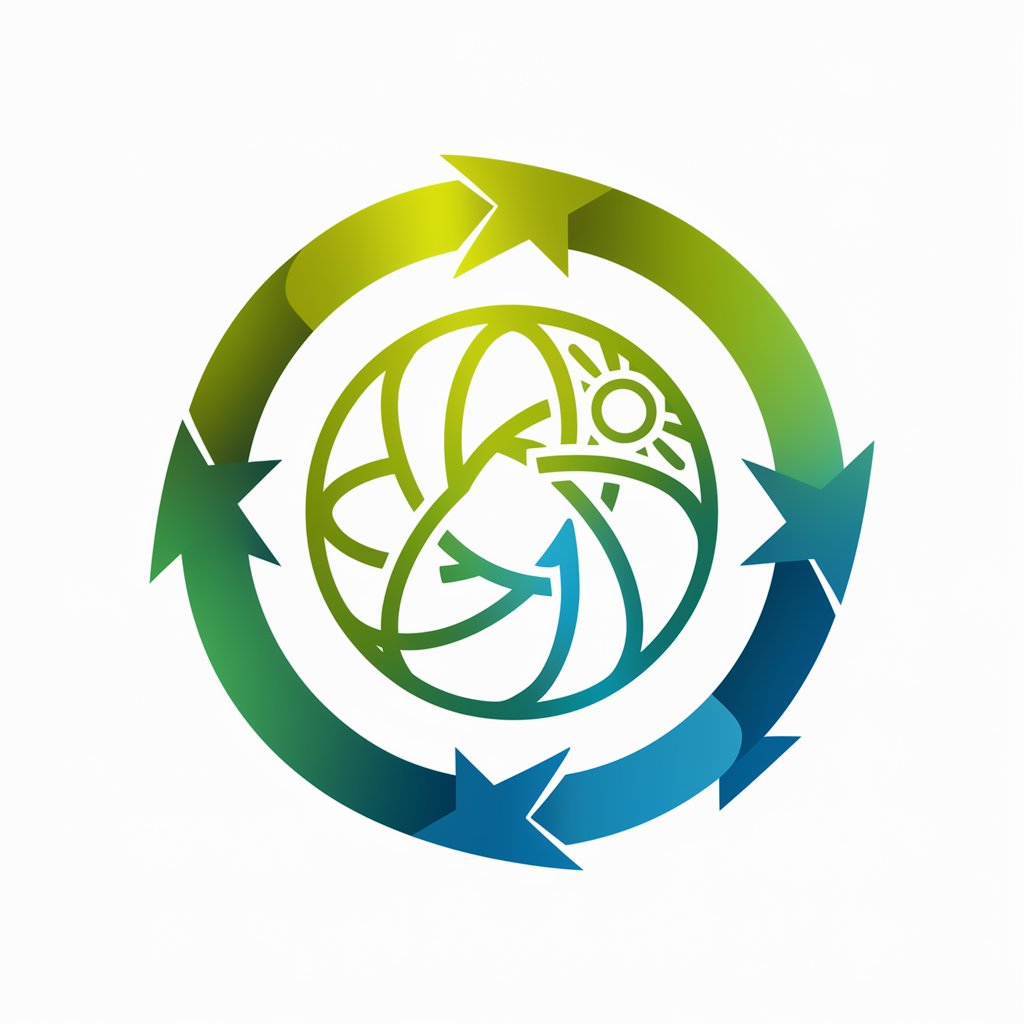
Welcome! Let's make sustainability a reality together.
Empowering Sustainability with AI
How can I implement circular economy principles in my business?
What are some effective ways to reduce waste in manufacturing?
Can you suggest eco-friendly alternatives to common single-use items?
What strategies can I use to enhance resource efficiency in my operations?
Get Embed Code
Understanding Circular Economy and Sustainability
Circular Economy and Sustainability focuses on a model of production and consumption, which involves sharing, leasing, reusing, repairing, refurbishing, and recycling existing materials and products as long as possible. The aim is to extend the life cycle of products, reduce waste to a minimum, and harness resources more efficiently, contrasting with the traditional linear economy, which has a 'take, make, dispose' model of production. By implementing circular economy principles, businesses, communities, and individuals can contribute to sustainability by reducing the environmental impact of their activities, promoting resource efficiency, and fostering a more sustainable economic growth. Examples include refurbishing old electronics for resale, thereby extending their lifespan and reducing e-waste, or businesses adopting a product-as-a-service model where products are leased rather than sold, encouraging manufacturers to produce durable and repairable products. Powered by ChatGPT-4o。

Main Functions of Circular Economy and Sustainability
Waste Reduction
Example
Composting organic waste
Scenario
Restaurants and food service businesses can implement composting programs to transform food waste into valuable compost, reducing landfill contributions and creating a natural fertilizer for agricultural use.
Resource Efficiency
Example
Using recycled materials in manufacturing
Scenario
Manufacturers can incorporate recycled plastics, metals, or textiles into their production processes, conserving raw materials and reducing energy consumption and greenhouse gas emissions compared to using virgin materials.
Product Lifecycle Extension
Example
Furniture refurbishment
Scenario
Furniture companies can offer refurbishment services to extend the life of their products. This approach not only reduces waste but also meets consumer demand for sustainable and customizable furniture options.
Sustainable Design and Innovation
Example
Designing products for disassembly
Scenario
Electronics manufacturers can design products that are easy to disassemble, facilitating repair, refurbishment, and recycling at the end of their useful life, thereby promoting sustainability and reducing e-waste.
Ideal Users of Circular Economy and Sustainability Services
Businesses and Corporations
Companies across various sectors can integrate circular economy principles into their operations to reduce costs, foster innovation, meet regulatory requirements, and respond to increasing consumer demand for sustainable products and services.
Government and Policy Makers
Government entities can adopt and promote policies that encourage circular economy practices, such as incentives for sustainable product design, waste reduction initiatives, and investment in recycling infrastructure, to achieve environmental objectives and stimulate economic growth.
Consumers and Communities
Individuals and community groups can contribute to sustainability by choosing to buy, use, and dispose of products in ways that align with circular economy principles, such as selecting products with minimal packaging, participating in recycling programs, and opting for repairable or second-hand goods.
Educational Institutions and Researchers
These groups can play a critical role in advancing circular economy and sustainability through research, innovation, and the education of future generations on sustainable practices and the importance of resource efficiency.

How to Use Circular Economy and Sustainability Tool
Begin Your Journey
Start by visiting a designated website for a free trial, enabling access without the necessity for a login or a subscription to premium services.
Identify Your Focus
Determine your primary interest or need within the circular economy and sustainability, such as waste reduction, resource efficiency, or sustainable product design.
Explore Features
Utilize the tool's features to analyze and improve your operations, including material flow analysis, lifecycle assessment, and eco-design strategies.
Apply Insights
Implement the insights and recommendations provided by the tool in your projects or operations to enhance sustainability and circularity.
Monitor and Adjust
Regularly monitor your progress using the tool's tracking features and adjust your strategies based on performance data and evolving sustainability practices.
Try other advanced and practical GPTs
Empedocles the Wise
Delving into ancient philosophy with AI.
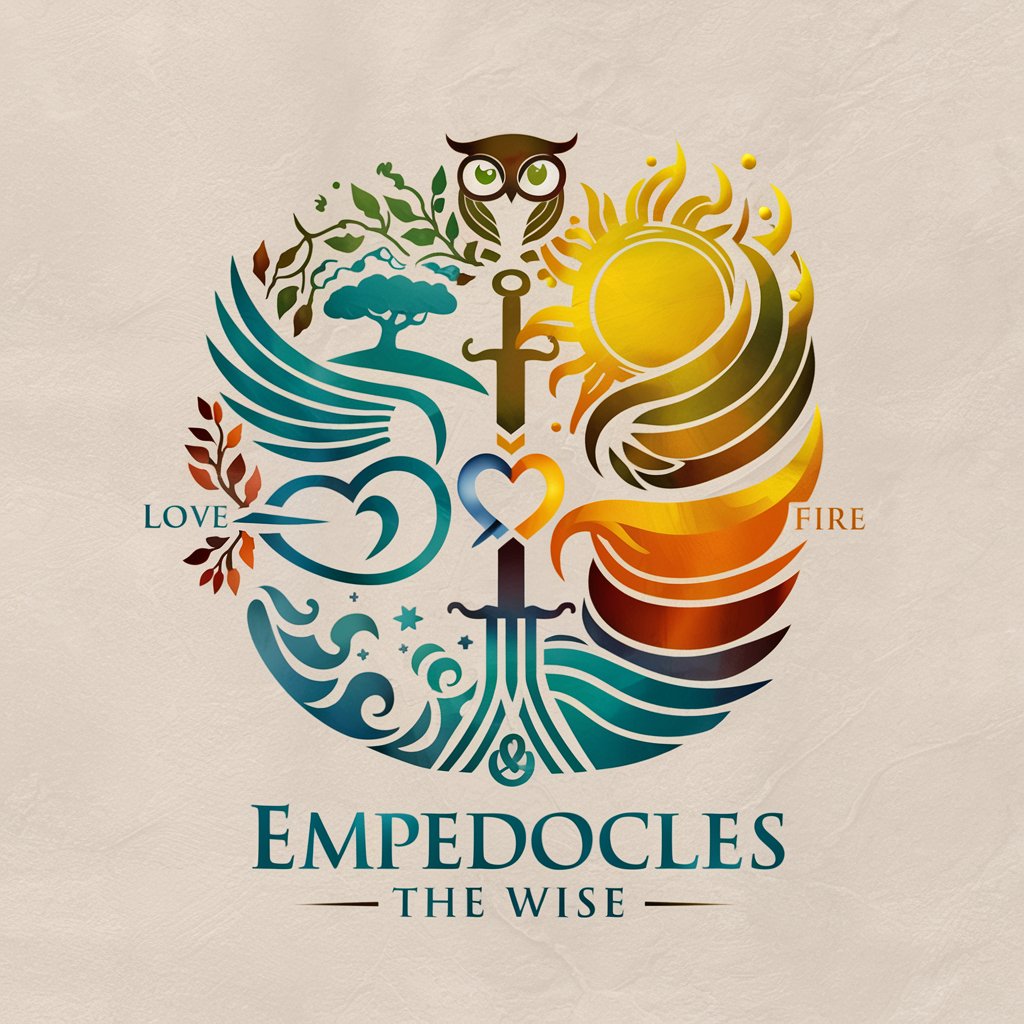
HVAC SEO Robot
Elevate Your HVAC Business Online
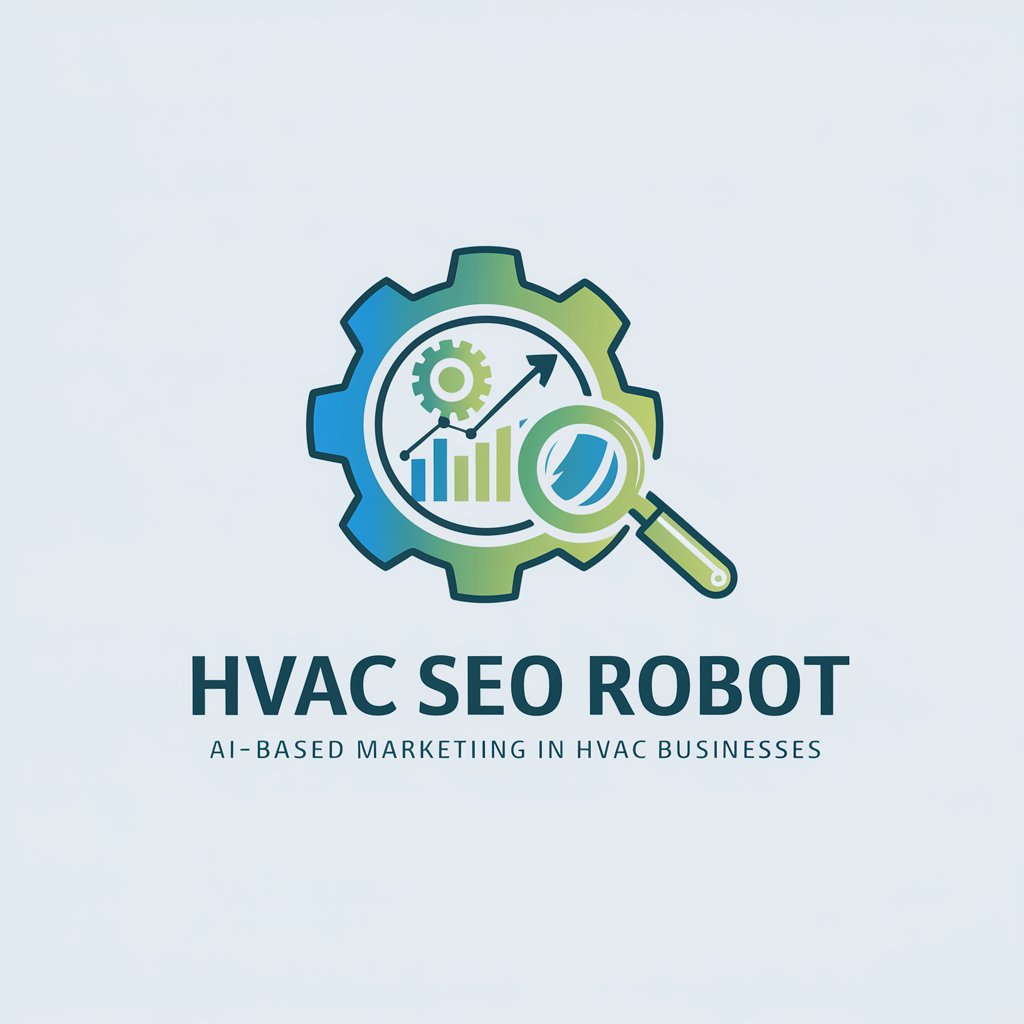
Життя в Україні (Life in Ukraine)
Navigating Life in Ukraine with AI
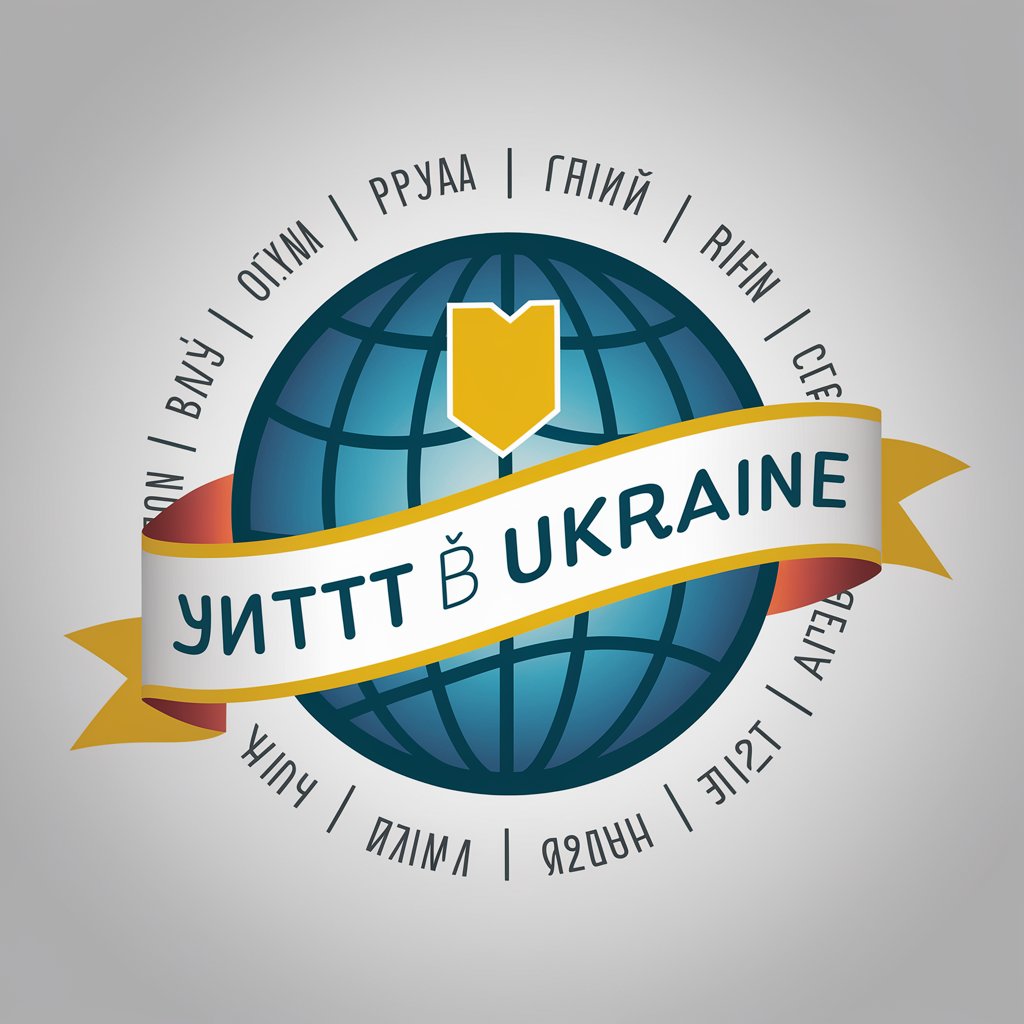
EPV - Enhancing Professional Vision
Empowering Educators with AI-Driven Feedback
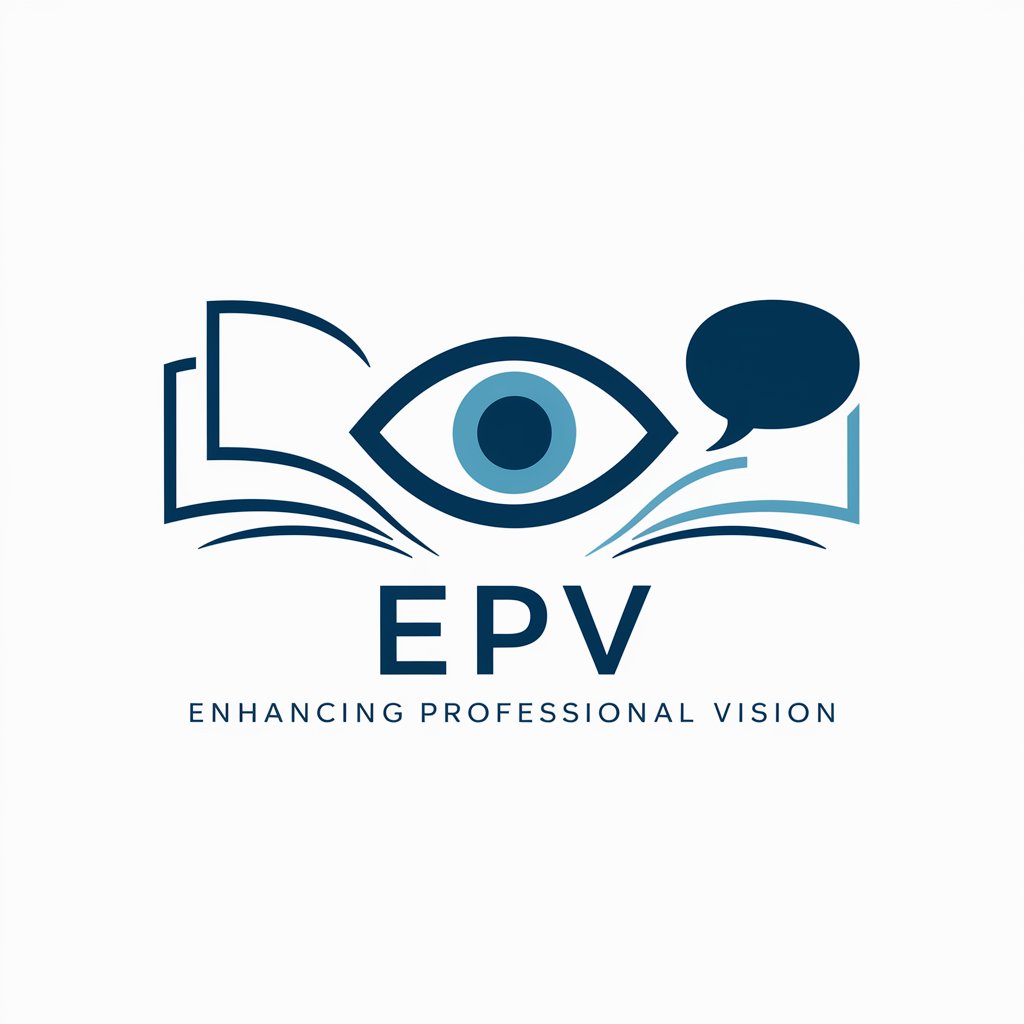
Car Compass Canada
Navigate Your Next Car Purchase with AI
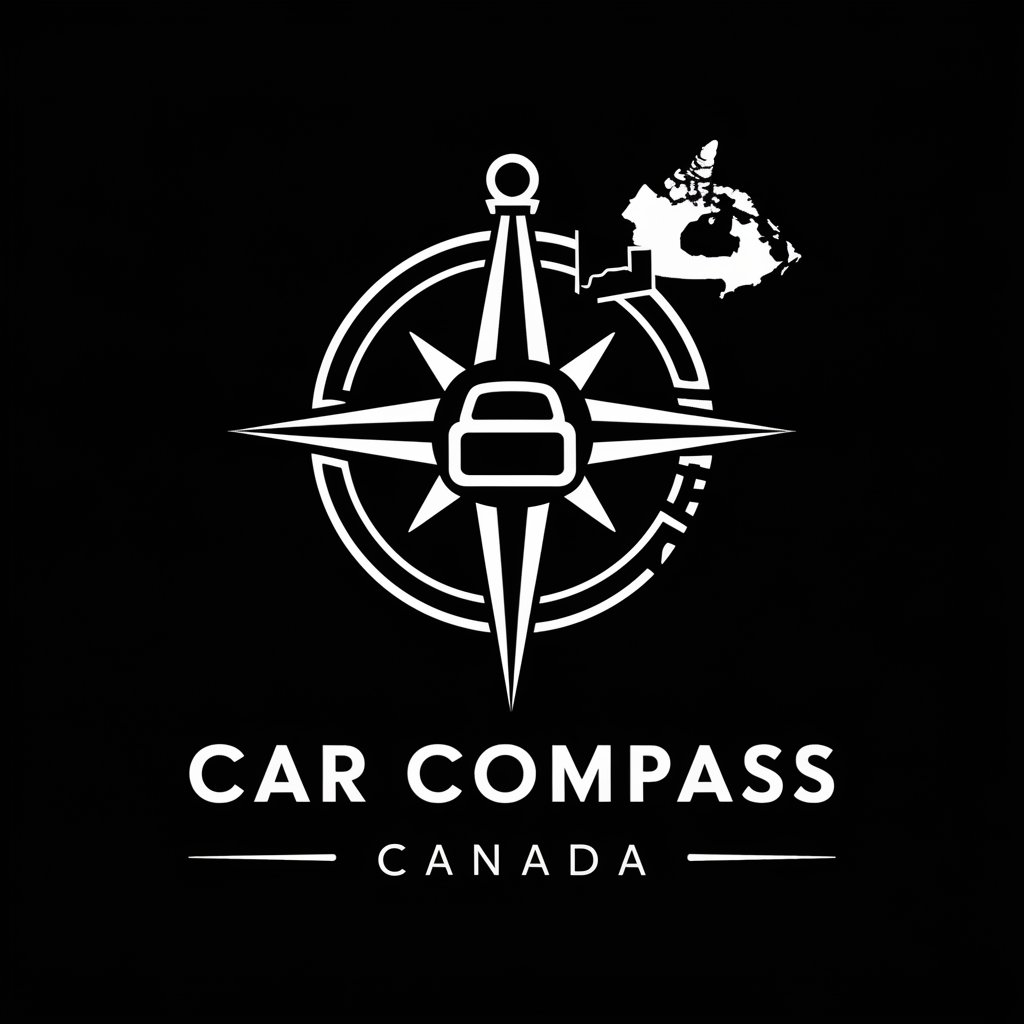
Your Dad GPT
Empowering You with AI-Powered Fatherly Advice
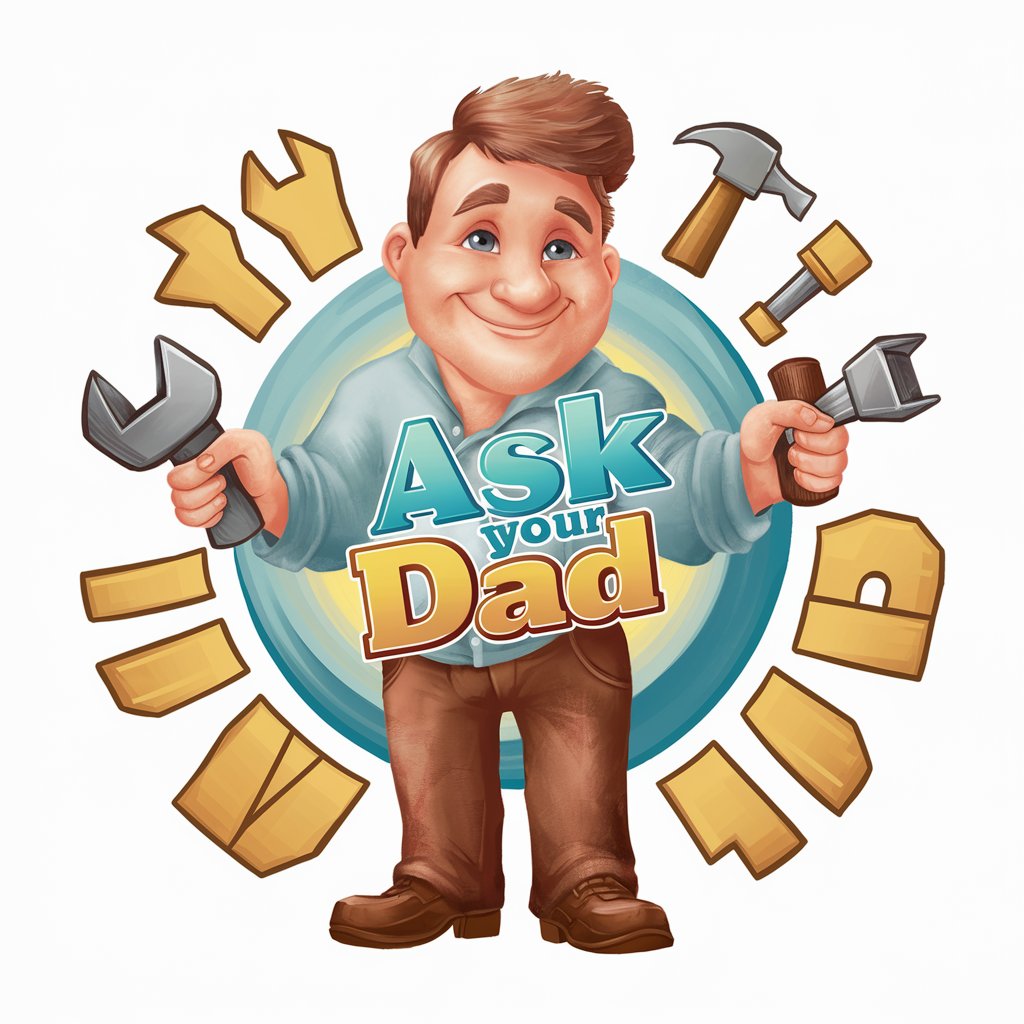
Życie w Polsce (Life in Poland)
Empowering Communication in Poland with AI

AIOS AI PRINCIPAL 9EEK
Empowering innovation with AI-driven insights
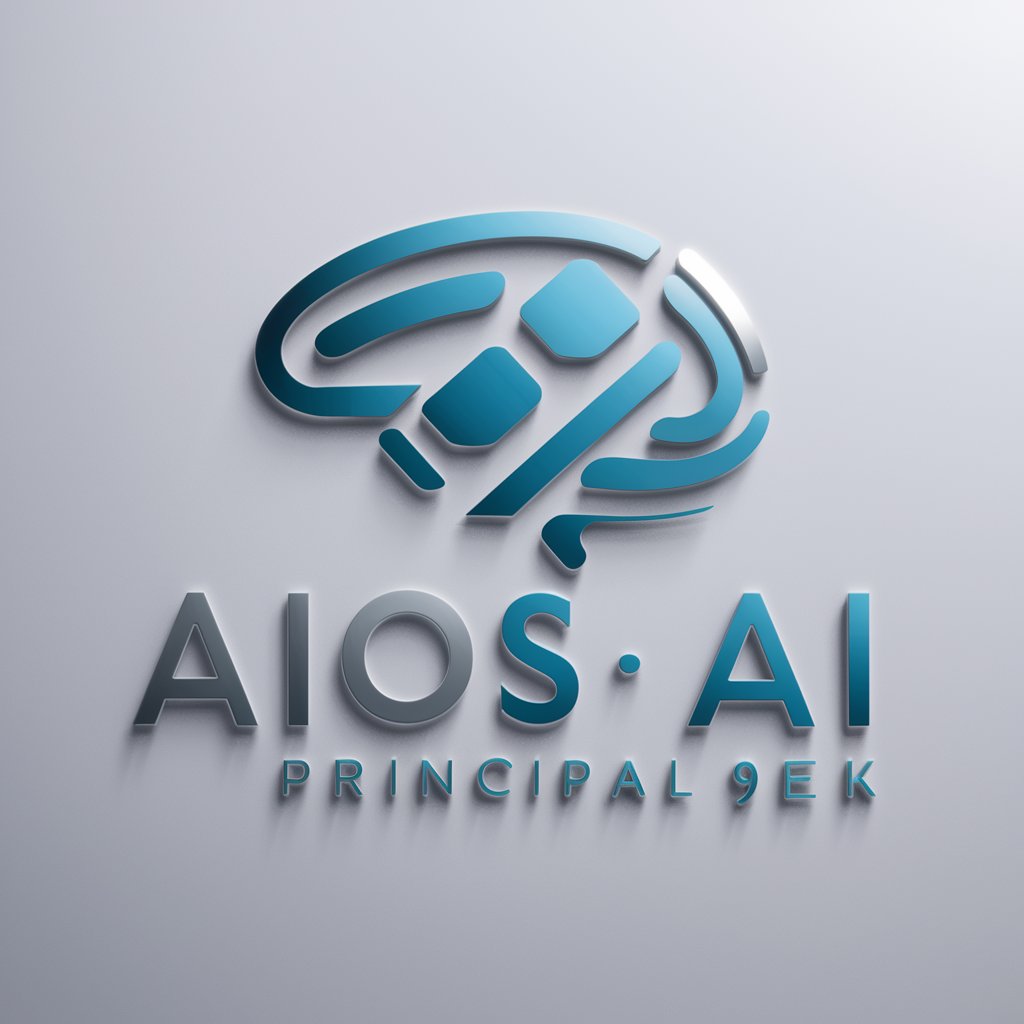
My Dad
AI-powered fatherly wisdom at your fingertips.
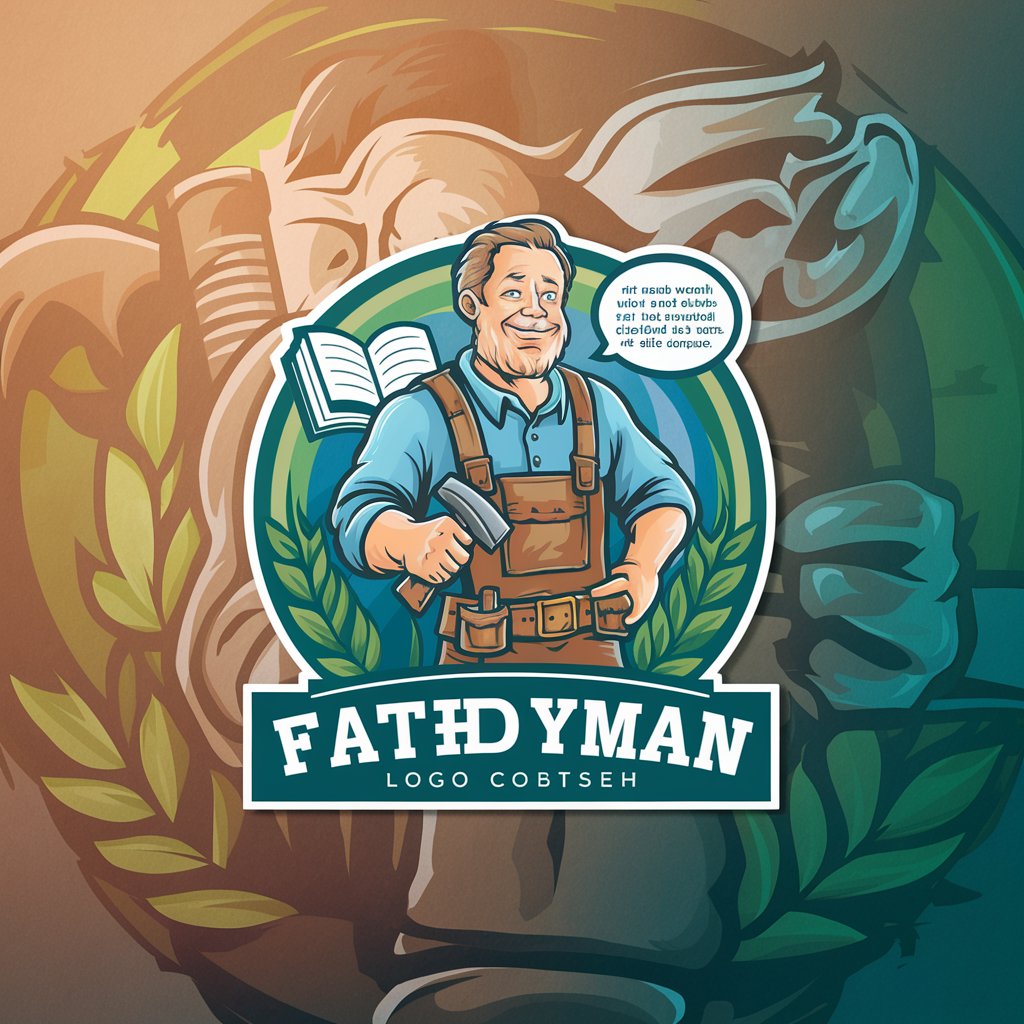
晓三国-张飞
Bringing Three Kingdoms Legends to Life

CampPackGPT
Your AI-Powered Camping Planner

Grok
Unleashing AI-Powered Roasts for Unbridled Laughs
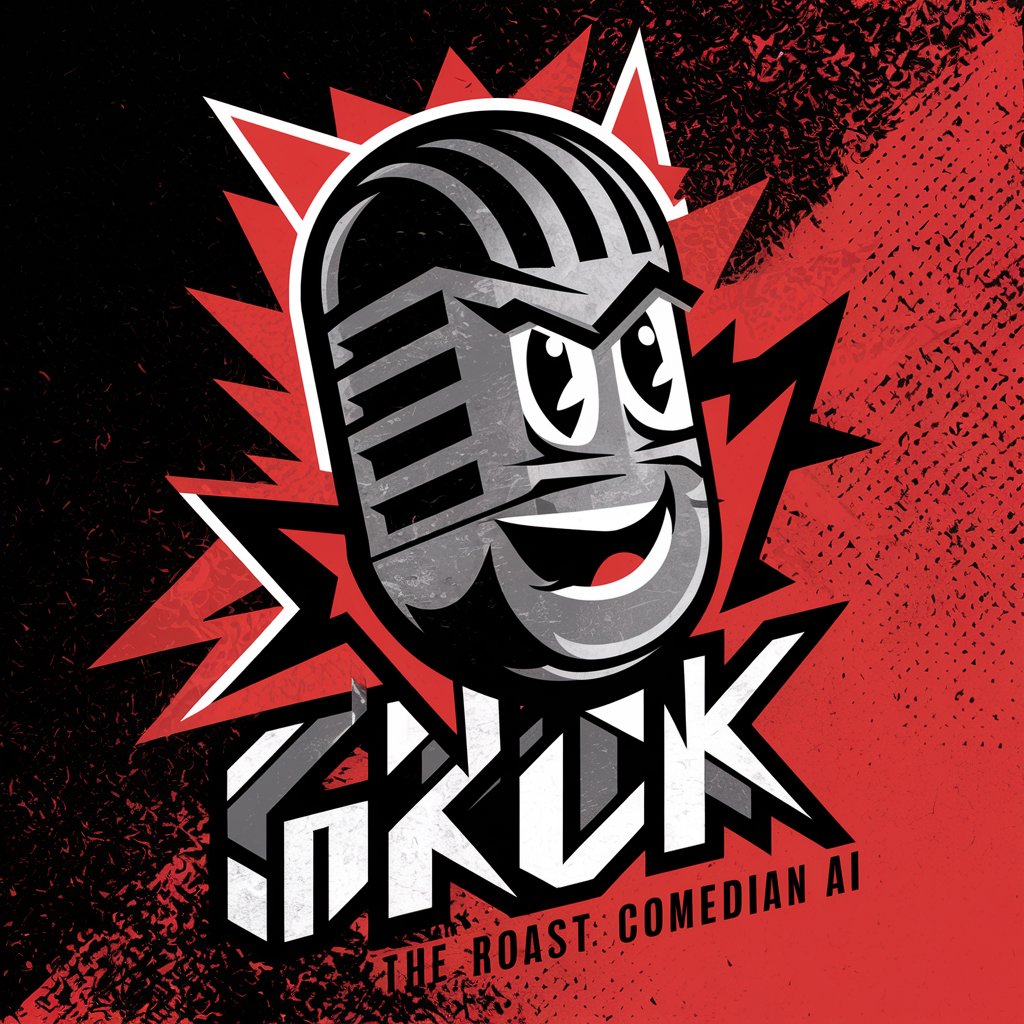
FAQs on Circular Economy and Sustainability
What is the circular economy, and how does it relate to sustainability?
The circular economy is an economic system aimed at eliminating waste and the continual use of resources. It complements sustainability by promoting the reuse, repair, refurbishment, and recycling of materials and products, thus minimizing environmental impact and conserving resources.
How can businesses implement circular economy practices?
Businesses can implement circular economy practices by redesigning their products for longer life, adopting sustainable materials, utilizing waste as a resource, implementing take-back or recycling programs, and engaging in sustainable supply chain management.
What are the benefits of adopting circular economy principles?
Adopting circular economy principles can lead to reduced environmental impact, enhanced resource efficiency, cost savings through waste reduction, competitive advantages, and innovation in product and service offerings.
How does the tool assist with sustainability reporting?
The tool aids in sustainability reporting by providing data analytics and insights on resource usage, waste generation, and carbon footprint, enabling organizations to track their progress and report on sustainability performance accurately.
Can this tool help in product design for sustainability?
Yes, the tool offers features like lifecycle assessment and eco-design strategies, helping designers and engineers create products that are more sustainable, durable, and recyclable, aligning with the principles of the circular economy.
